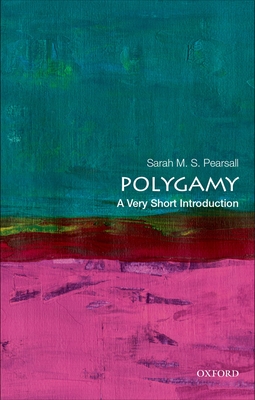What do you think?
Rate this book


168 pages, Paperback
Published May 24, 2022
‘Polygamy can be conservative and regressive; it can also be modern and progressive. It has often been a way to mark boundaries of belonging. Polygamy’s complex history demonstrates that domestic life has long been an arena for fierce contests over the right way to organize society and politics and religion and that such remains the case in the early twenty-first century.’
‘Polyamorists celebrate compersion, essentially the opposite of jealousy, finding joy in a lover’s enjoyment of another. Some even espouse what they call radical relationship anarchy, refusing monogamy and most other traditional arrangements.
This trend toward polyamory advocacy has its roots in twentieth-century countercultures of the 1960s and 1970s. Polyamory was part of a general questioning and utopianism, stemming from communal cultures and the impetus of the so-called sexual revolution. Such radicalism flourished on the American West Coast, in California and Oregon.’
‘Even modern polyandry did not necessarily empower wives, as in rural China, one of the rare global examples of women with multiple husbands. This practice arose in the Qing era, from the seventeenth to the early twentieth centuries, as the number of landless and luckless rural poor rose. What was called “getting a husband to support a husband” was a form of nonfraternal polyandry in which a wife, often one whose first husband was ill or injured or otherwise unable to maintain a household, took a male lover who provided financial backing to the family. Some of these arrangements were formal marriages, with contracts. Legal texts from various regions in China reproduced contracts for formal polyandry.’